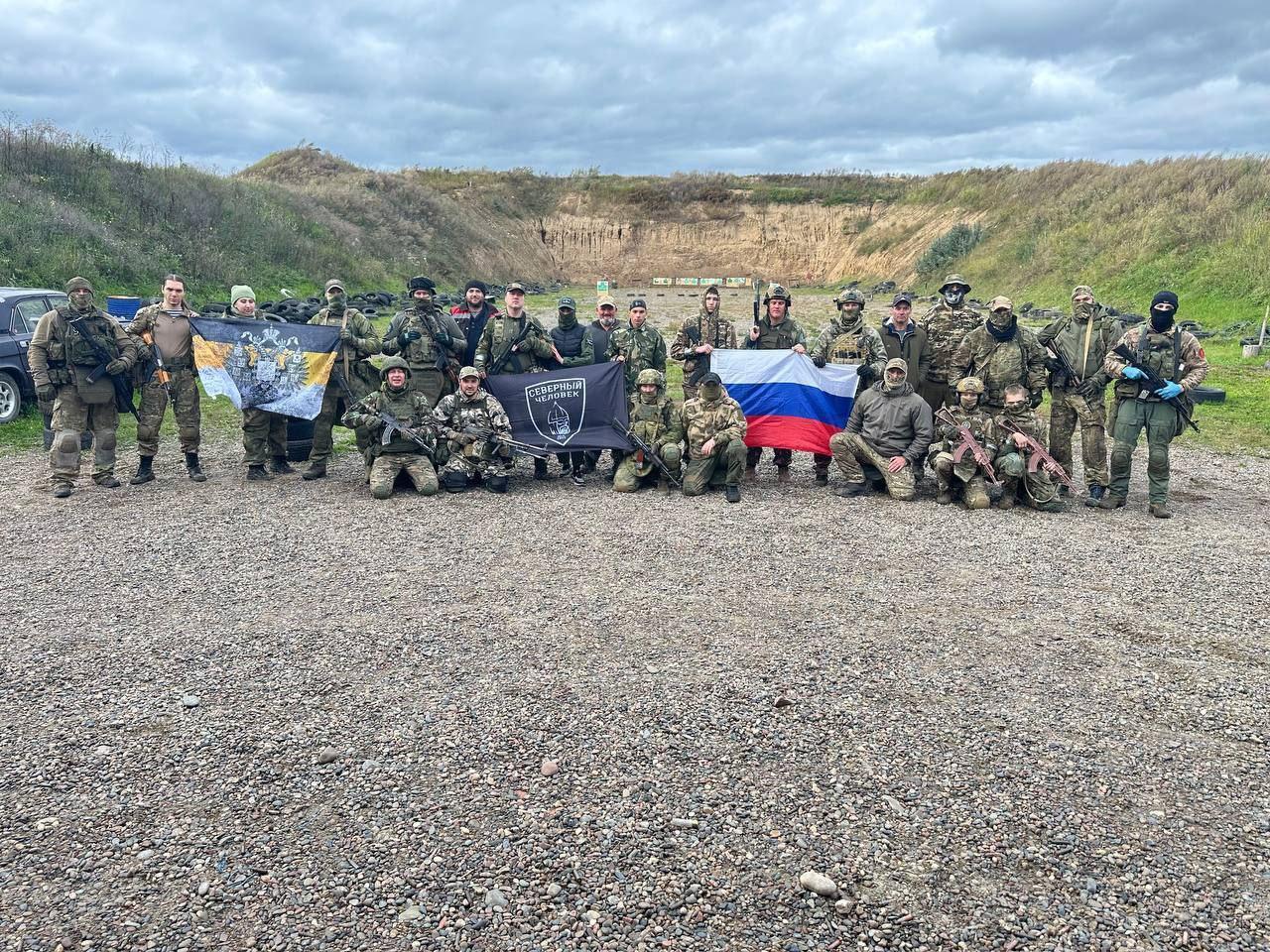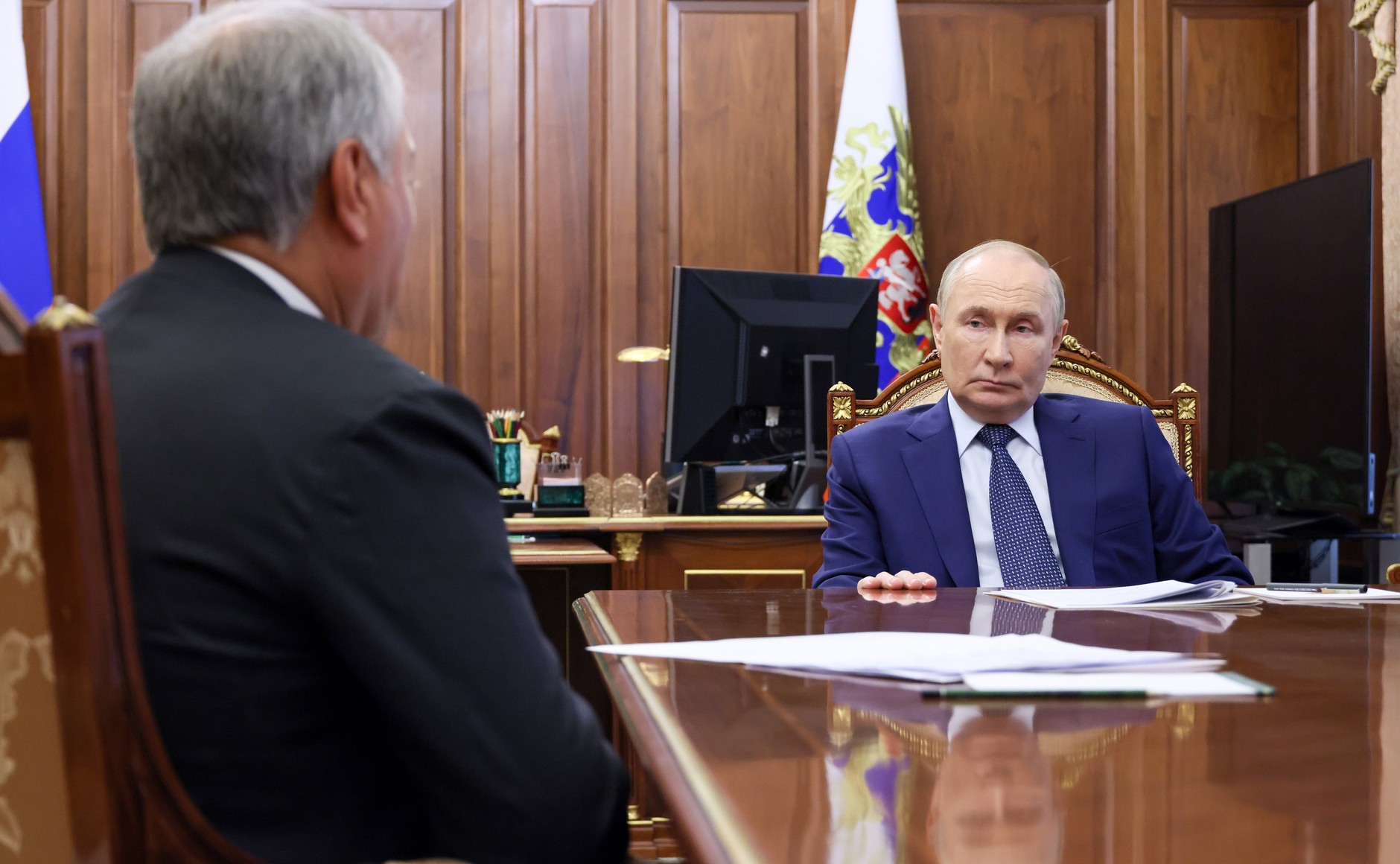
Moscow Tightens Control Over Its Cossacks
Moscow Tightens Control Over Its Cossacks
In the Russian Federation, there are two groups of people who are referred to as “Cossacks.” The first consists of 3 million-5 million people who trace their ancestors to the 13 Cossack hosts of the imperial period and celebrate their tradition as free men. According to many scholars, their collective name in fact refers to that tradition. These Cossacks consider themselves a distinctive ethnic group with their own culture and language, and they live under leaders (atamans) whom they have elected for themselves. The second (and much smaller) group, perhaps no more than 100,000 in total, have no link to these Cossack traditions besides the name they claim and the fancy uniforms they wear. They take money and orders from the Kremlin, and are little more than armed thugs now routinely used as irregular forces against protesters. Unlike the first group, they have been stripped of any freedom to choose their atamans or the rules their communities will have to live by.
A week ago (July 11), the Russian State Duma (lower chamber of parliament) voted 398 to 0, with one abstention, to give Russian President Vladimir Putin the exclusive right to appoint and remove the ataman of the All-Russian Cossack Society, as well as to require that all subordinate Cossack units follow and obey the procedures of the Cossack units above them. This effectively strips the Cossacks of any democratic procedures, transforming the entire official Cossack establishment into little more than yet another arm of the repressive state, with all officials being appointed by the Kremlin rather than elected by the members of the Cossack community they govern (Nazaccent.ru, July 11).
This parliamentary act is a direct outgrowth of the formation, last November, of the All-Russian Cossack Society, a group that its organizers say was created to coordinate the work of all 11 “registered” Cossack hosts of the Russian Federation (Oblgazeta.ru, November 27, 2018). Yet, both this Society and the latest Duma actions represent a dangerous development—one in which, as in so many other cases under Vladimir Putin, the Russian state has created and presented a simulacrum of something real to use as it wants against Russian society. In this case, it is the first such instance against the genuine Cossacks of the Russian Federation.
Many in Russia and the West, as a result of an image of the Cossacks promoted by Soviet and Hollywood films, will accept this latest Russian government action as nothing more than housecleaning, the final Gleichschaltung of a community that has always served the Russian state against the people. They will think that the only Cossacks in Russia are the ones who fit the model that the Putin regime has for them and that correspond to that image. Consequently, these Western observers will fail to recognize that by this action, the Kremlin is preparing to destroy yet another group it insists is simply a subgroup of the ethnic-Russian nation by blocking it from acting on the basis of its own democratic traditions and from being counted in the upcoming 2020 census as a separate ethnos.
This popular image of the Cossacks, however, is historically inaccurate. It is true that some Cossacks in tsarist times worked for the regime and engaged in repressive actions against the population; but a far larger share of Cossacks were enemies of the state and fought against the regime’s effort to suppress their democratic traditions. Most Cossacks, in fact, were people who first fled areas controlled by the Russian government and then sought to defend themselves against it rather than act as its agents. The Soviet government first tried to systematically wipe out the Cossacks in the 1920s and 1930s, before making use of their names and traditions during World War II. But even in that conflict, many Cossacks fought against Joseph Stalin rather than for him—only to have their leaders hanged in 1946. As Soviet power weakened and then collapsed in 1991, many Cossacks sought to recover their national democratic traditions, hoping to restore the democratic traditions and autonomy they had in many places.
Not surprisingly, the Putin regime has chosen Stalin’s model for its pseudo-Cossacks, confident that few will challenge what Moscow is doing: creating a group of armed thugs who can be deployed against demonstrators in ways that will offer the Kremlin yet another possibility for shifting the blame, thereby denying its own culpability, and moving to deny all others who claim to be Cossacks their right to do so (see EDM, May 17, 2018 and August 9, 2018; Windowoneurasia2.blogspot.com, May 7, 2018).
As troubling as the creation of these groups of armed thugs is, the manner in which the existence of these pseudo-Cossacks will be used against the real thing is more concerning still. What the Kremlin wants, and what the Duma has now agreed to, is the establishment of an official Cossackry so that Moscow can deny rights to Cossacks who do not sign on to that arrangement. As such, this July 11 decision in many respects represents the final step of the Soviets’ January 1919 de-Cossackization decree that called for the “extermination” of the Cossacks and the destruction of their way of life.
Why is Moscow doing this now? It already has plenty of repressive means to use against demonstrators. However, it fears something else: many genuine Cossacks plan to declare themselves members of a separate nationality in the next year’s census, something Moscow cannot tolerate. If the Cossacks were to do so, the share of ethnic Russians in the total population would sink even further, and Cossacks would be able to reaffirm the democratic traditions of their community. The new law thus provides the Kremlin another way to head off both occurrences: denying genuine Cossacks their constitutional right to declare themselves a separate nation lest, in taking such a step, they help promote the restoration of democracy in Russia (Sntat.ru, February 12).


